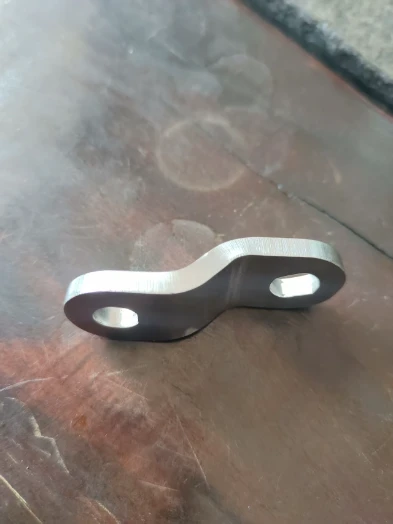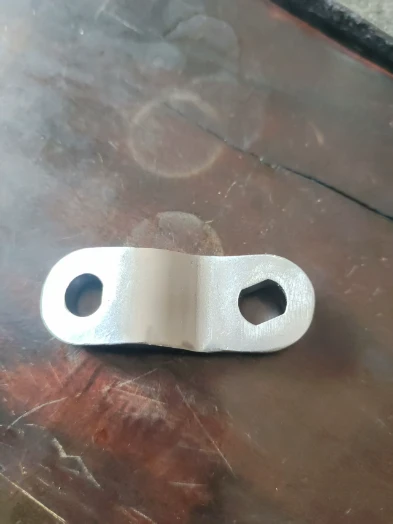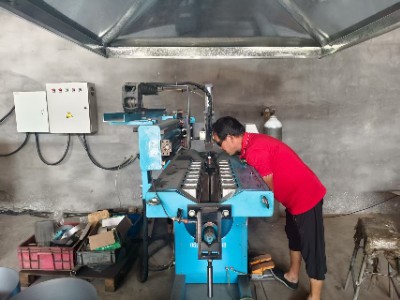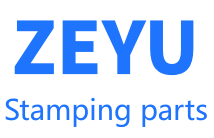Case Study: Precision Stamping Solutions for Automotive Transmission Housings
Project Background
A leading automotive manufacturer was facing challenges in the production of transmission housings, a critical component in vehicle powertrains. The existing stamping process resulted in inconsistent dimensional accuracy, leading to high rejection rates (up to 12%) and increased production costs. With the launch of their new energy vehicle (NEV) line, the client required a more reliable stamping solution to meet stricter tolerance requirements (±0.02mm) and higher production volumes (50,000 units/month).

Challenges
- Tight Tolerances: The complex geometry of the transmission housing, including multiple mounting holes and recessed areas, demanded precise stamping to ensure proper assembly with other components.
- Material Properties: The client specified high-strength alloy steel (SAE 1020) to withstand the torque and stress in NEV transmissions, which posed challenges in terms of formability during stamping.
- Production Efficiency: The existing process could only achieve 30 units per hour, falling short of the required 50 units per hour to meet the NEV production schedule.

Our Solutions
- Custom Tooling Design: Our engineering team developed a multi-stage stamping die set with precision-guided components and adjustable pressure pads. This design minimized material distortion during forming and ensured consistent dimensional accuracy across all production runs.
- Process Optimization: We implemented a progressive stamping process, combining blanking, drawing, piercing, and trimming operations into a single production line. This reduced handling time and eliminated cumulative errors from multiple setups.
- Material Handling Improvements: To address the formability issues of SAE 1020 steel, we introduced a pre-stamping annealing process to reduce material hardness, followed by a post-stamping heat treatment to restore the required strength.
- Quality Control Integration: We installed in-line laser measurement systems to inspect critical dimensions after each stamping stage, enabling real-time adjustments and reducing the risk of defective parts reaching the final assembly.

Results
- Dimensional Accuracy: The rejection rate dropped from 12% to 0.8%, with all parts meeting the ±0.02mm tolerance requirement.
- Production Efficiency: The progressive stamping line increased output to 65 units per hour, exceeding the client’s target of 50 units per hour.
- Cost Savings: By reducing rejections and increasing throughput, the client achieved a 23% reduction in per-unit production costs for transmission housings.
- Long-term Partnership: Impressed by the results, the client expanded our collaboration to include stamping solutions for other powertrain components, with a 3-year supply agreement valued at $8.5 million.
This case demonstrates our ability to address complex stamping challenges in the automotive industry through custom engineering, process innovation, and rigorous quality control. By understanding the unique requirements of NEV components, we delivered a solution that not only met but exceeded the client’s expectations, paving the way for a successful long-term partnership.
